Gabriel Esteban Molina | Memory Palace
October 21–December 17, 2022
Opening Reception: Friday, October 21 at 7 PM
Artist talk w/ Liuba Gonzáles de Armas : saturday, december 17 at 2 PM
Closing Reception: saturday, december 17, 3 - 5 PM
Artist’s Statement
The drive to create Memory Palace came once I found out my landlord intended for our house to be demolished. Though I was born and spent most of my life in Edmonton, this house was the first place that truly felt like home and many significant events happened there, including the birth of my art practice. No matter how far I traveled for schooling and residencies, my mother Carmen and my dog Layka were always there to welcome me back. We rented the house for 16 years even after the fire that claimed the house next door, frequent trespassing, thefts, a break-in, and all the other problems that come with living in a pre-war house in the heart of the city. Due to the pandemic I decided to capture the spaces in and around my home using a DSLR and a 360 camera, with no real end in mind. Eventually, the landlord decided they wanted to demolish the house, and so I continued documenting the space and the moments of change that would come. While helping my mother find a new home, my dog Layka passed away which further deepened the sorrow and grief of leaving my home behind forever.
In light of this difficult situation, I was inspired by a mnemonic technique developed in Ancient Greece called the method of loci, colloquially referred to as a "Memory Palace," wherein a person creates a virtual space in their mind associated with a real space that has been memorized. Information you wish to remember is assigned to objects in specific locations within the space, so you simply travel to the corresponding location in your mind to find the knowledge there. I was inspired to use these new photographic technologies such as AR, 360 degree spherical videos, photogrammetry and 3D printing to create a virtual memory palace of my old home and explore how these digital tools can be used to meaningfully interact with our past by highlighting the relationship between space, objects, and memory.The ways in which these new technologies are used in the academic, commercial, and industrial realms informs my approach on how to connect them to the greater context of photography as documentation of memories and spaces. For example, 360 spherical cameras are used to create virtual environments for real-estate and interior design, allowing distant clients to get a sense of the space without having to physically visit, as well as for use in documenting outdoor spaces and even sports. Photogrammetry and 3D scanning are widely used in archaeology and paleontology, allowing for quick preservation of archaeological sites with virtual models that can be studied year round, and for modeling and study of bones and fossils, which can then be reproduced for museum display via 3D printing. Knowing what these technologies had been used for, I saw the potential to use these new lens-based technologies toward a more evocative purpose. These technologies could help me document and capture the essence of a space that held so many memories for me, adding to the greater activity of preserving memory, and connecting them to the greater context of lens-based practice.
In particular, the use of photogrammetry in archaeology connects my personal interests in ancient history and monumental architecture, ruins, and mysteries of the past. As these technologies are already commonly used for things like selling houses online and virtual walkthroughs, creating and printing out three-dimensional architectural models, and land surveying and development, they are the perfect tool to explore how technology can add another dimension to the experience of coping with loss and the desire to preserve the past. Coincidentally, this exhibition will be the last one held in the current Latitude 53 space. I created a rough 3d model of the space of Latitude 53 using photogrammetry in order to plan the exhibition virtually, and I also created a 3d model of my house using 2700 photos. The 3D model of the house, viewable with the Memory Palace AR app, is placed so as to encompass the entire space of Latitude 53 in a 1:1 scale, uniting both gallery spaces and allowing the viewer to walk around the yard within the gallery. The 360-degree videos are placed as cornerstones, with central objects of each space, such as the beds and couch, facing the videos in a viewing position. Each video is placed in central positions within the space to show the passage of time and the ambient sounds of each, with memories overlaid onto the spaces that bore them. The placement of all the exhibition elements is considered in a way that echoes the layouts of ancient megalithic structures, many throughout the world having been arranged to track the movement of celestial bodies and marking important events throughout the year, much as these monuments capture the sights, sounds, and changing shapes of space through time.
My art practice allows me to connect with other people, and I hope this project can portray the perspective of people feeling like they exist between places and don’t have strong “roots” here, other “third culture kids”, those who feel like they belong to everywhere and nowhere; people who've had similar experiences of disconnection from home due to forces beyond their control such as political and socio-economic factors, or simply due to the passage of time and the inevitability of change; people experiencing grief and loss. As a child of Chilean immigrants who have always rented, I had always hoped that we would eventually be able to afford buying the house, but unfortunately, we were never in a position to do so and it became another place that is relegated to the past. The only remains of my home are the objects and ephemeral artifacts that remain, such as keepsakes, memories, and this exhibition as a monument.
Gabriel Esteban Molina is a lens-based visual artist living and working in amiskwaciwaskahican. Gabriel completed his BFA at the University of Alberta in 2013, and received his MAFA at the Chelsea College of Arts in 2015. He has exhibited work throughout Alberta, including Latitude 53, the Art Gallery of Alberta and the Southern Alberta Art Gallery. He has also exhibited internationally in Iceland, Italy, and London, England. Gabriels next show, Memory Palace, blending photography, 360 spherical video, augmented reality and photogrammetry to create a digital monument of his old home, will debut at Latitude 53 in Edmonton in 2022.
Gabriel uses photography, video, and print, as well as emerging lens-based technologies such as photogrammetry, 360-degree spherical video, and augmented reality. His work explores how photography and video affect our perception and how we interact with the world around us. His exploration of photographic and screen-based materiality is rooted in traditional mediums of painting and sculpture and inspired by ancient megalithic monuments, experiences of altered perception and early Modernist painters. By focusing on the mechanisms of perception used to create screen-based images, Gabriel aims to create visceral experiences of viewing, hijacking the screens to which we have become so accustomed.
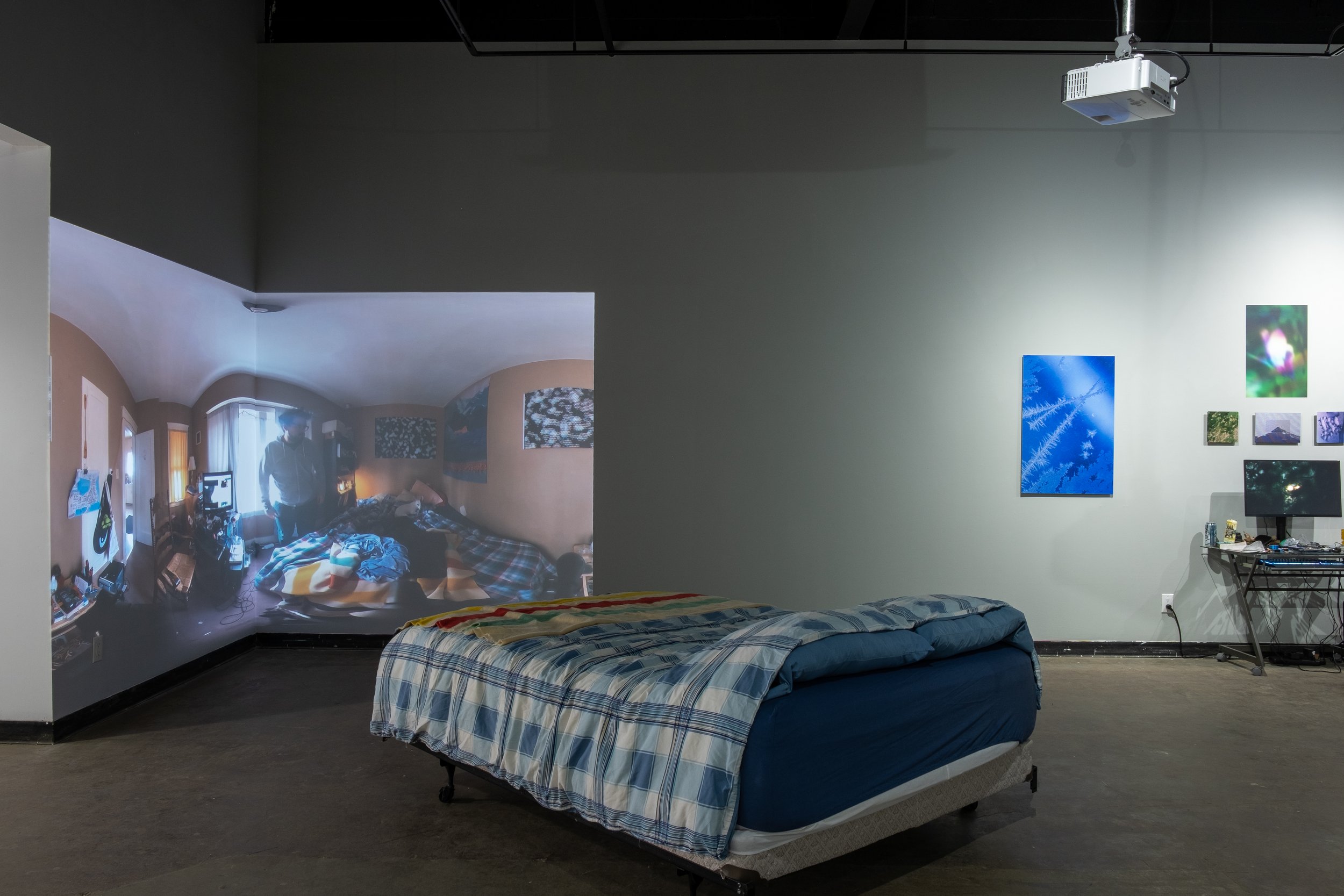
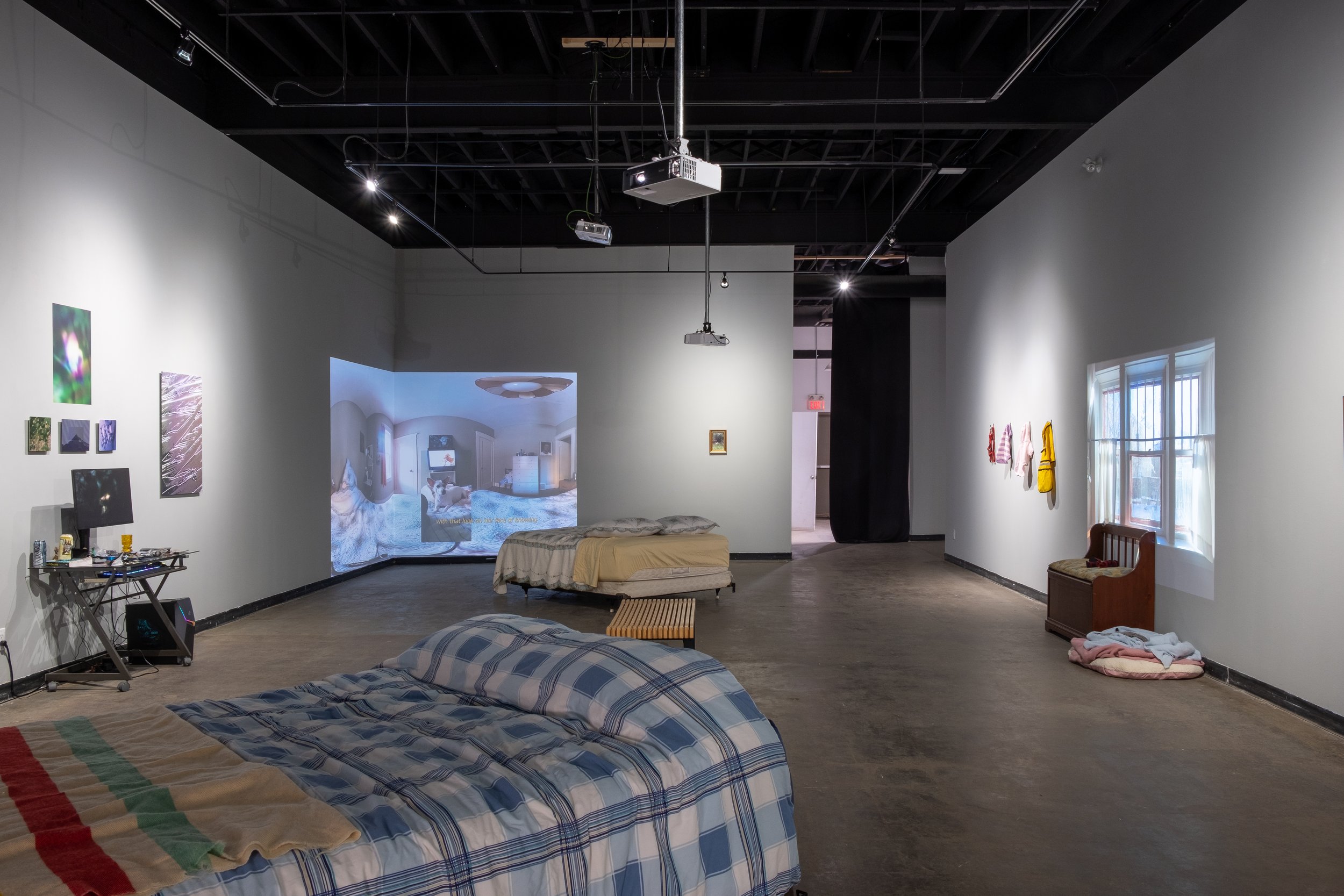
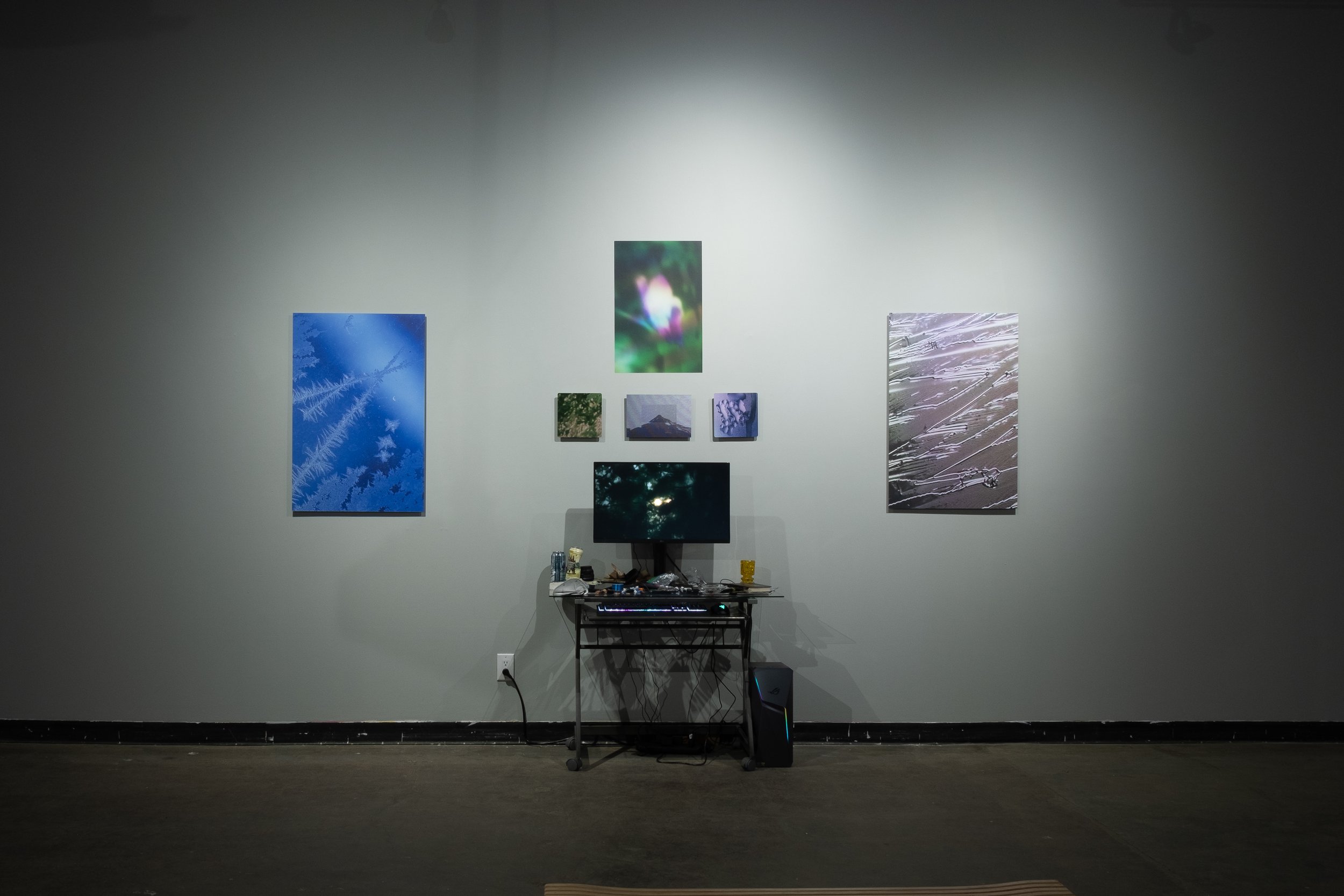
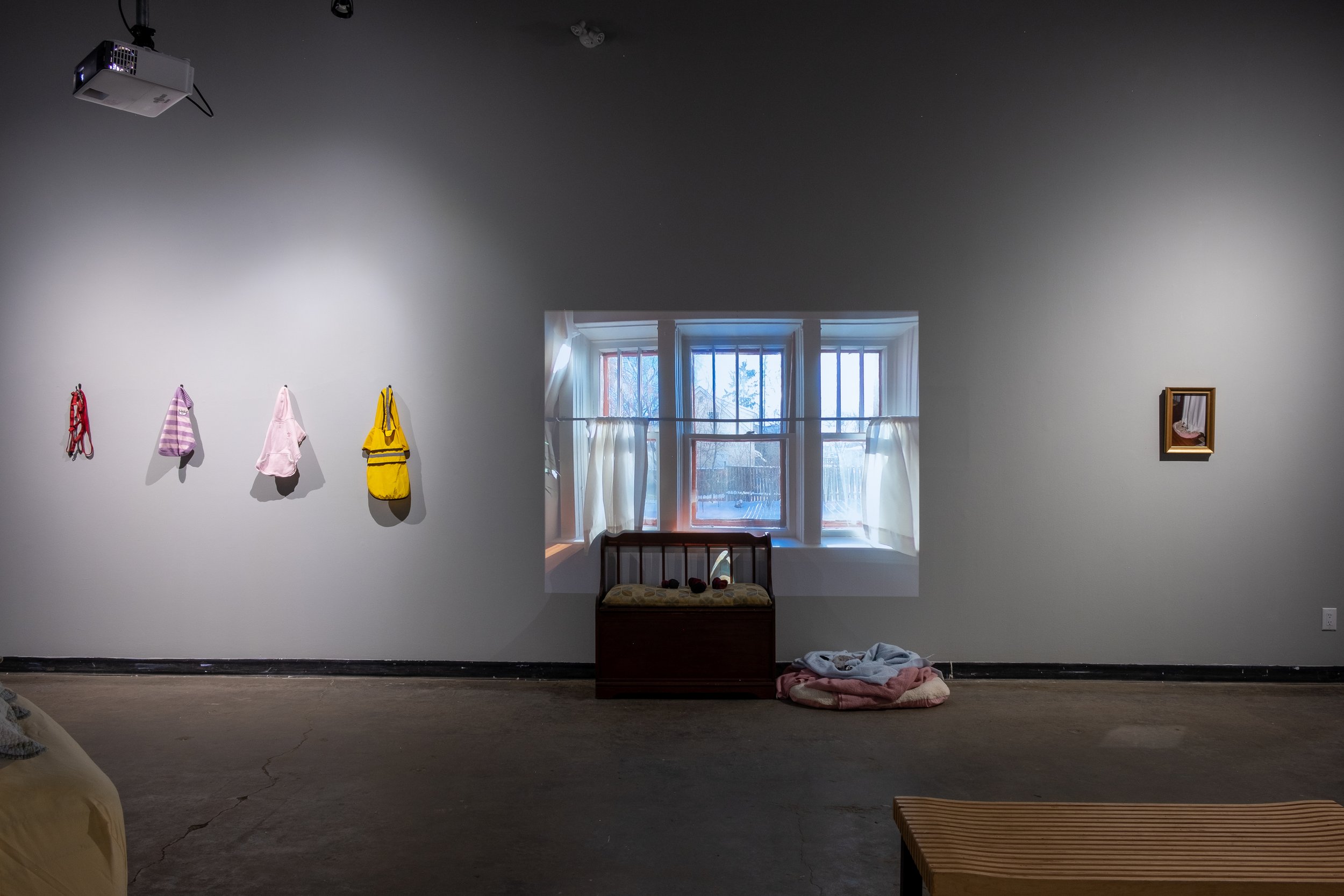
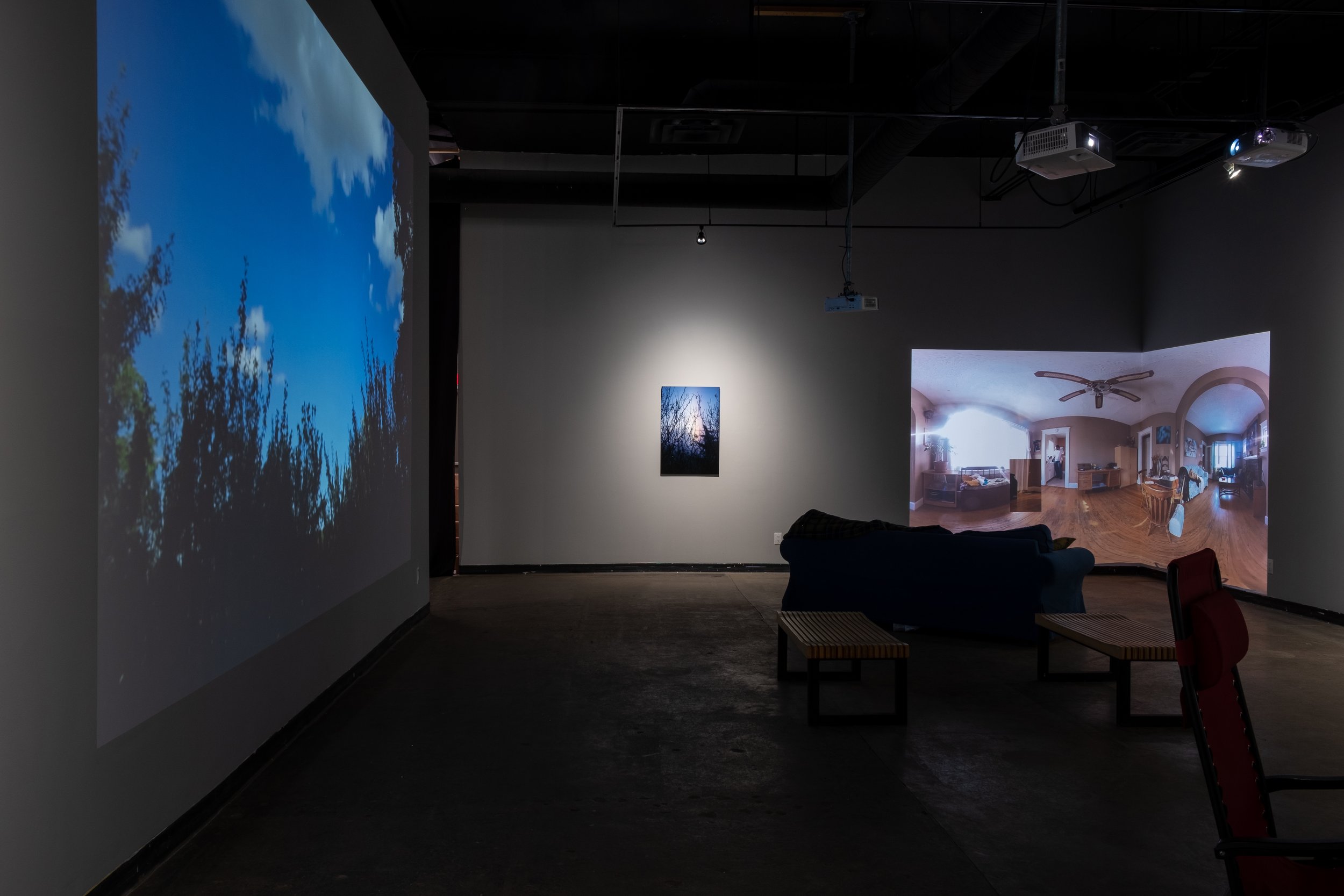
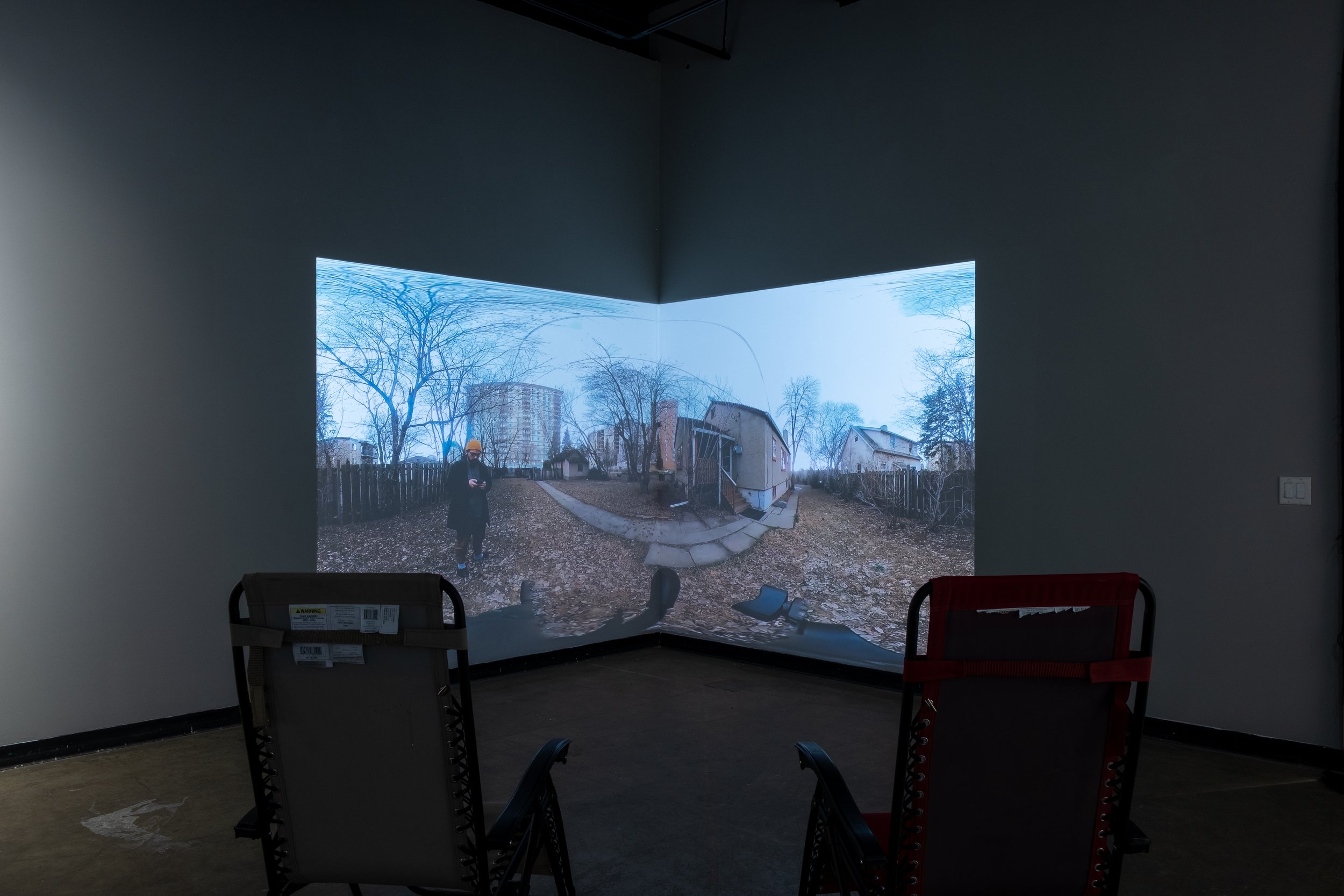
This project is supported by the Edmonton Arts Council, the Alberta Foundation for the Arts, and the Canada Council for the arts.





